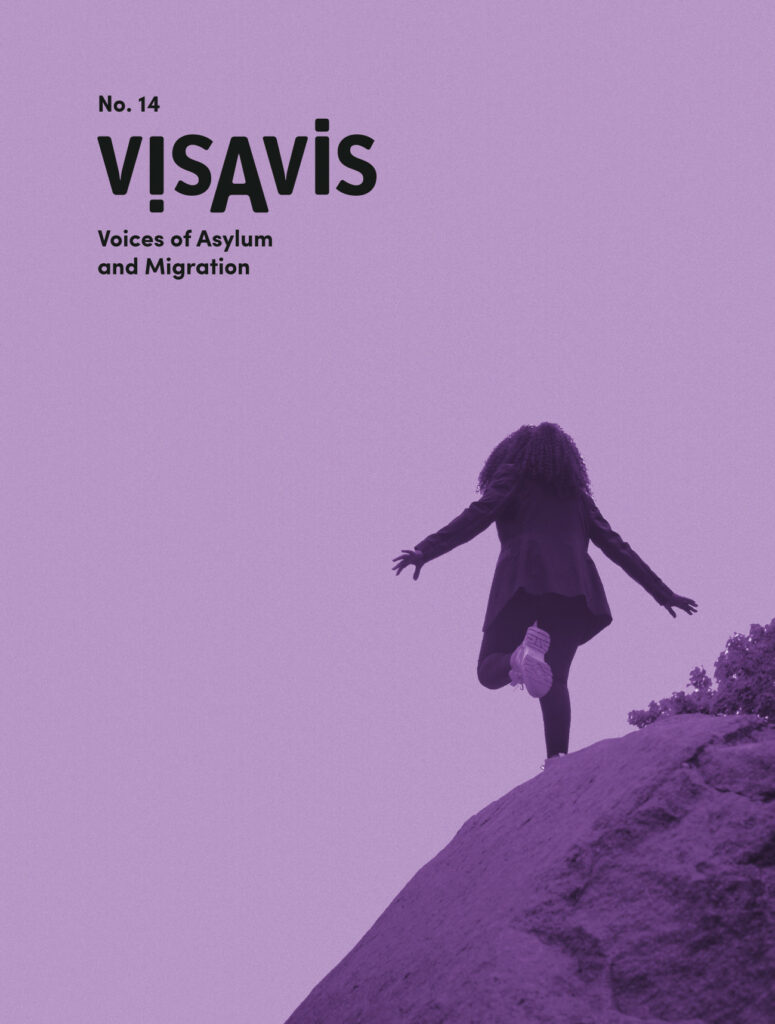A historical overview of the development of European asylum and migration policies
By visAvis
From the beginning of the making of visAvis, it has been of great significance for us not to see Danish asylum and migration policy as an isolated Danish matter. The national policies must be understood in an European as well as a global context. The national border controls have been moved farther and farther away, for instance to the outer European borders, The Mediterranean, and into the African continent where economical agreements are made with both African governments and private actors, like airlines and security forces.
However, this sense of community regarding outsourcing border patrol and preventing migrants from seeking asylum in Europe, does not reflect a similar community feeling when it comes to sharing ‘the asylum burden’ between EU member states. National sovereignty is still the safe haven, not at least for a Northern country like Denmark. And the collapse of the Greek asylum system is considered an exception, a specific Greek phenomenon in the periphery of Europe. From our point of view, it should rather be seen as a symptom of a crisis in the heart of the continent.
The Chronology of asylum and migration policies in Europe provided by Migreurop and made by Alain Morice, gives an unique insight into the desperate measures to control people’s movement on an European level. These are the very same measures that, according to the Chronology, lead to unjust detention and repression of migrants. The chronology is both a historical account and a warning: The continuation of these political trends can lead us to nothing less than “a new version of apartheid on a worldwide scale”.
The Chronology offers a time-framed comparison of the evolution of the legal framework in Europe’s asylum and migration policies (columns A1, A2, and A3) and the developments in the public discourse and very significant events related to asylum and migration (columns B1 and B2). The table will be updated twice a year.
